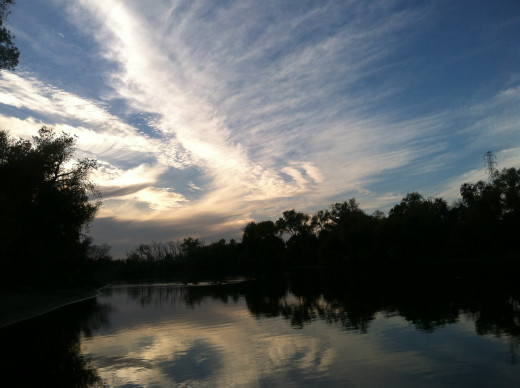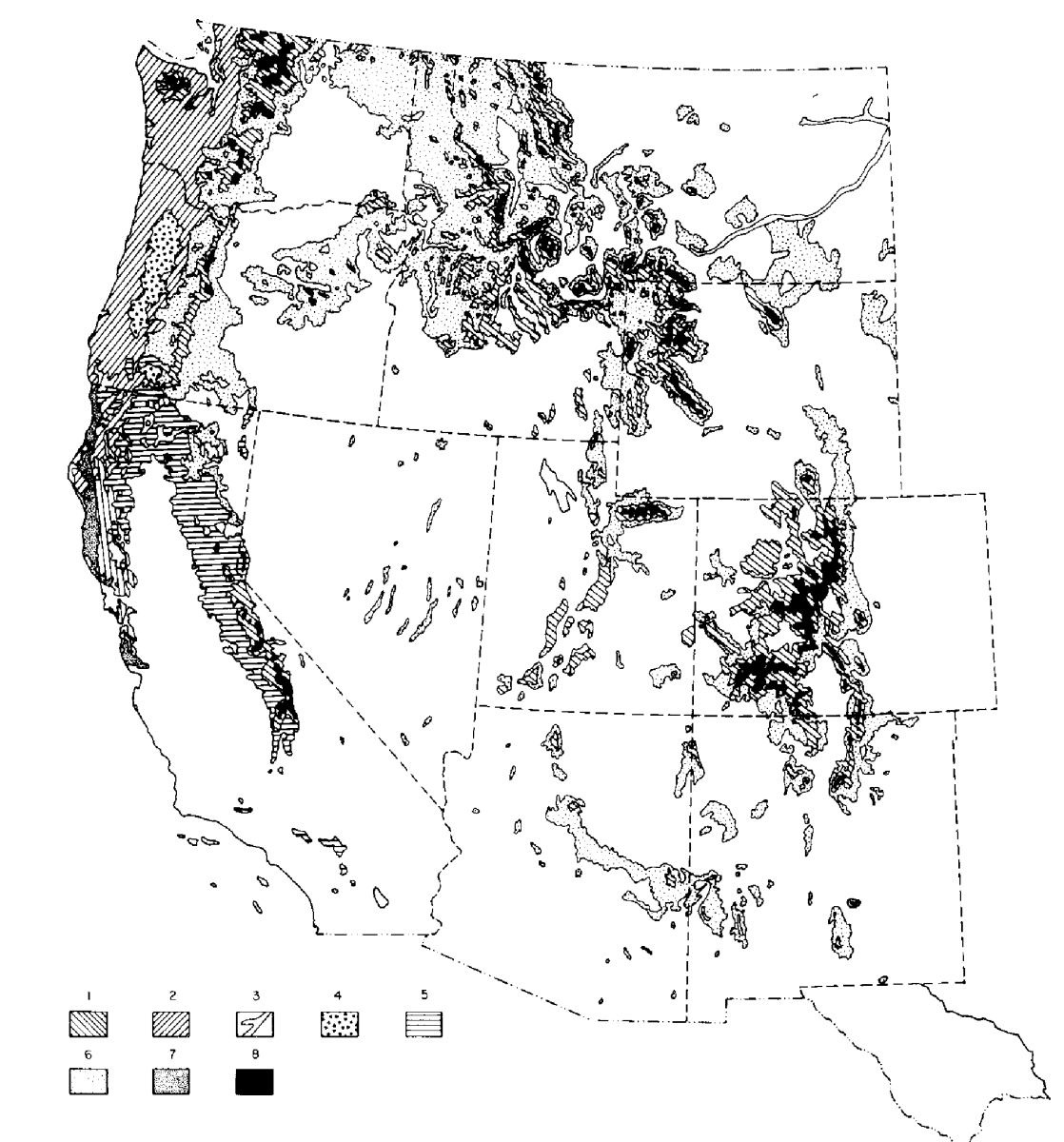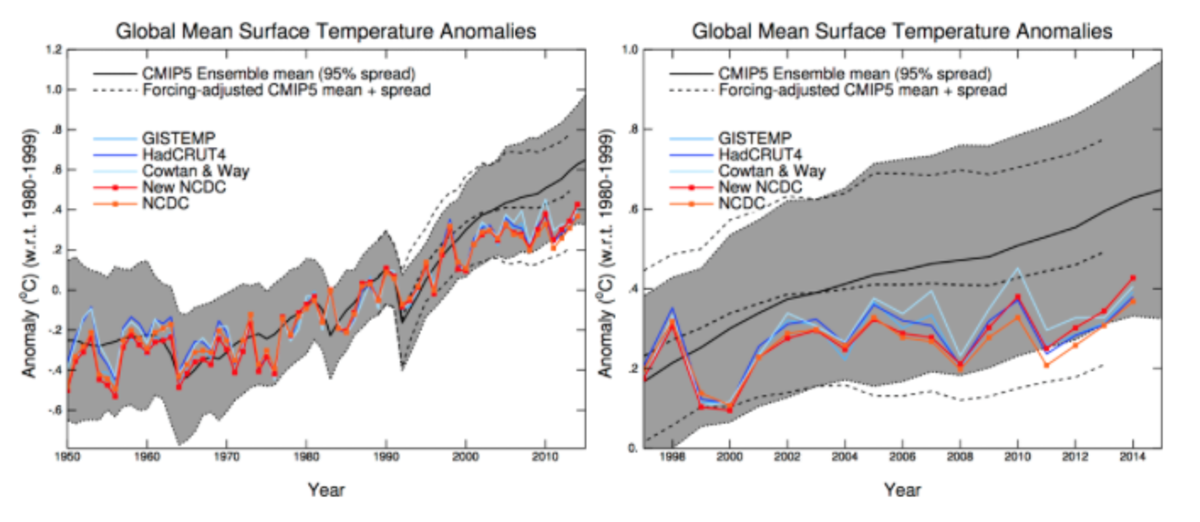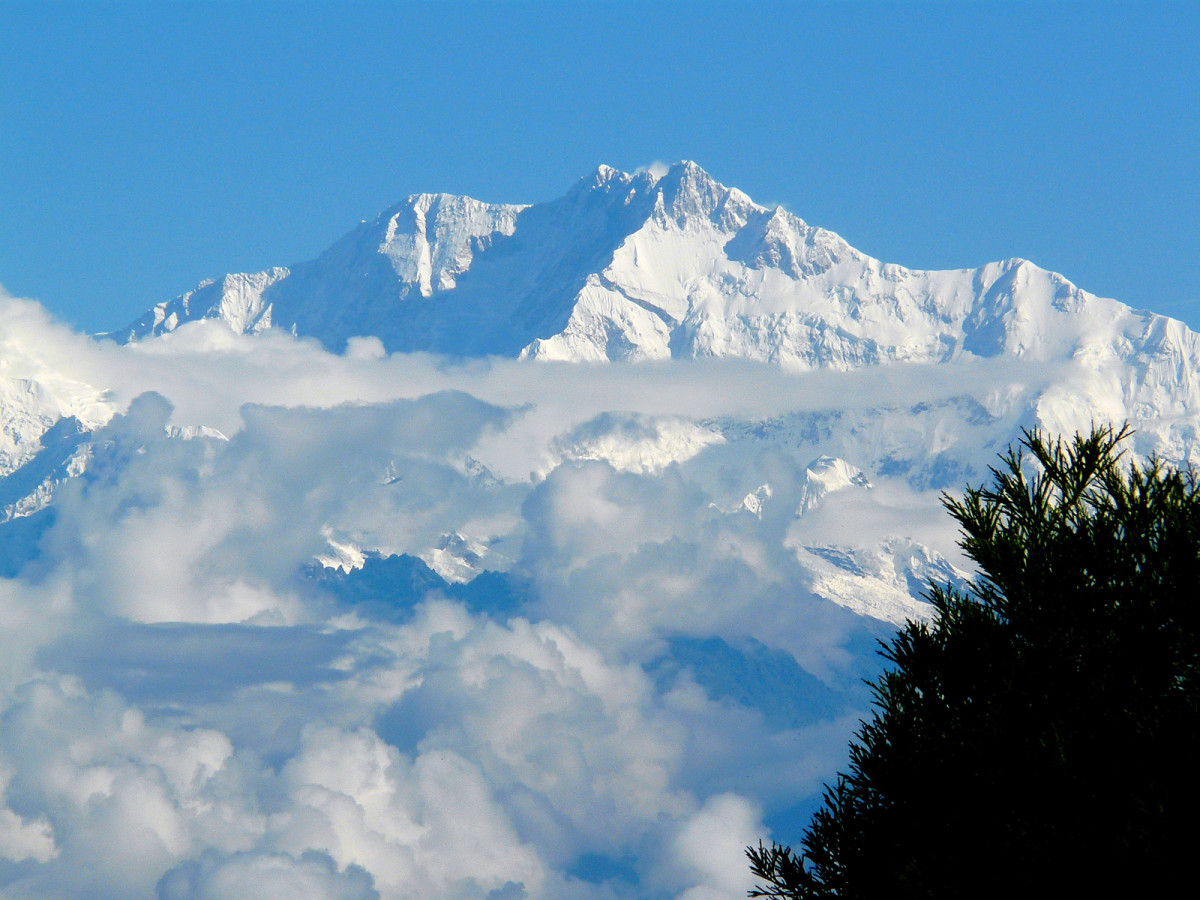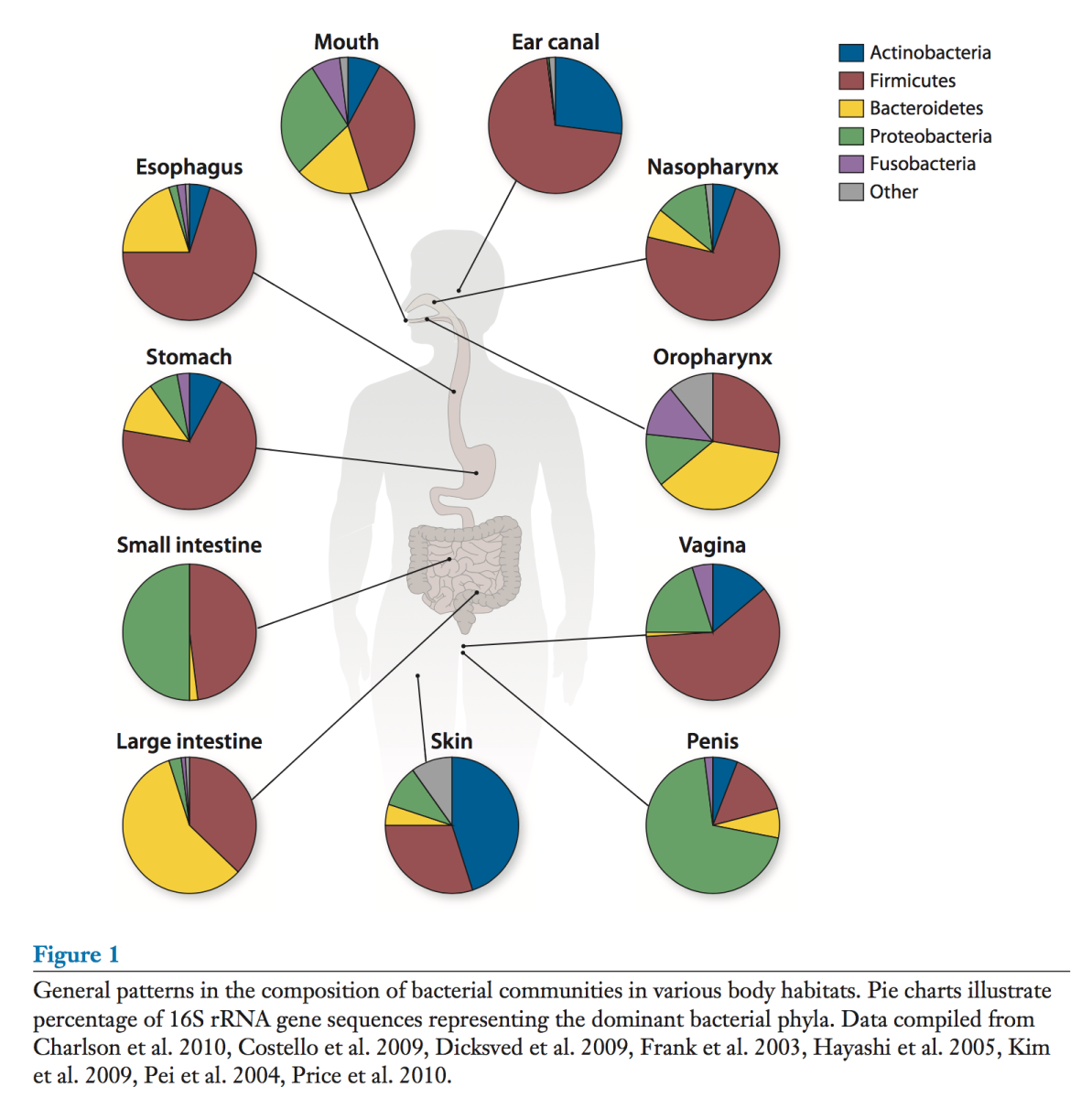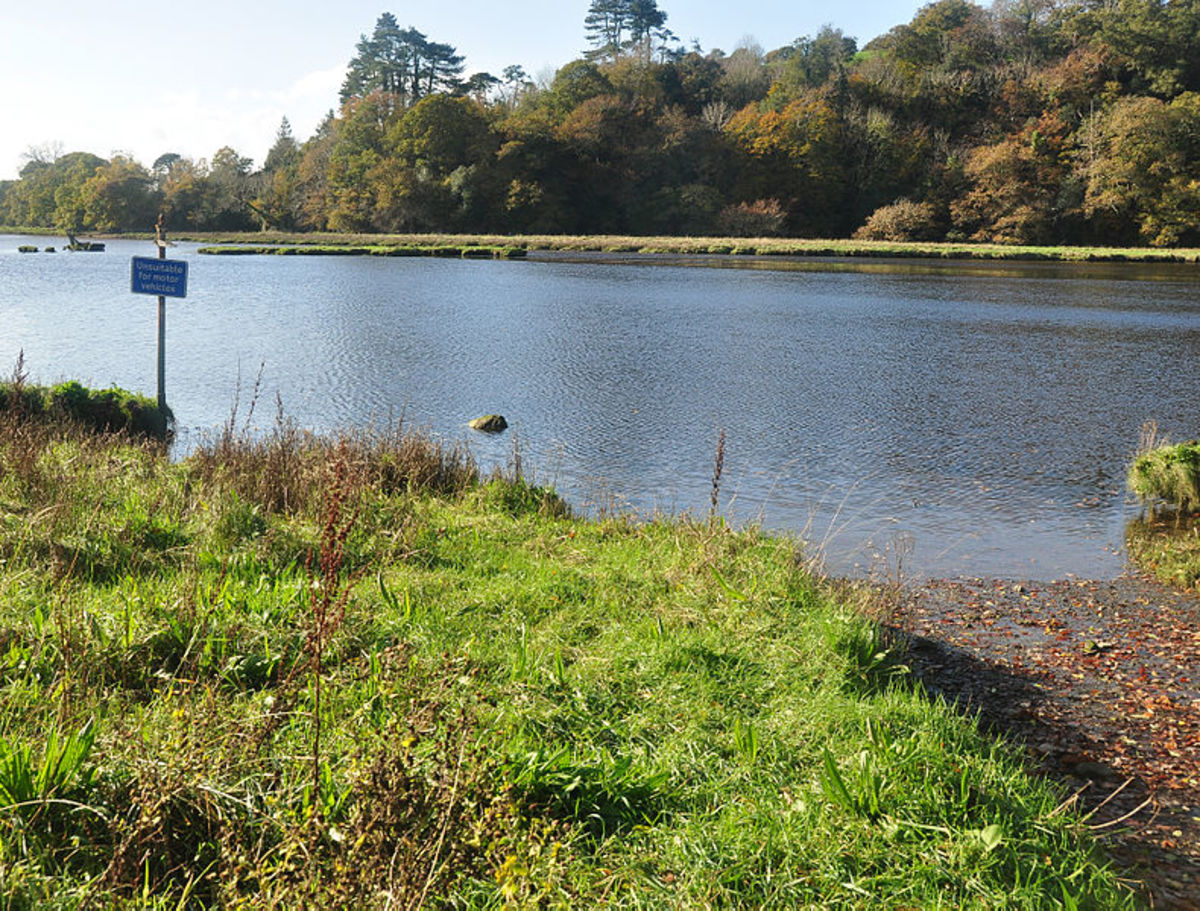The Drought, Politics, and Ecology
This is likely our future
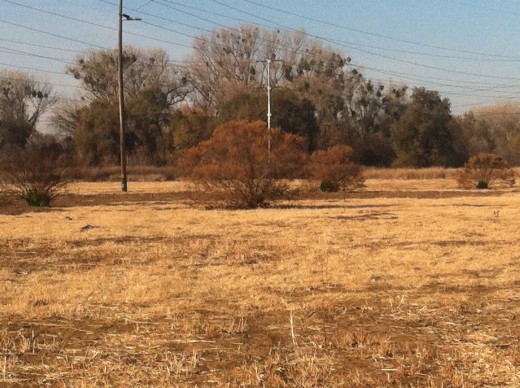
The pre-stage: 2013
During the summer of 2013, I was working on an entomological project within the American River Parkway. At one point, it became too dangerous to continue this project because of the number of fires that were occurring within the research area. Acre after acre went up and valuable ecological resources were lost. Cotton woods burned like Roman candles, fields of dry grasses became wind blown embers that work like seeds to spread the fires. Not just a single fire, but 11-15 were reported during the summer and early fall.
Then came the beginning or the rainy season, but it did not bring rain. It brought only warmer temperatures, and skies that would tease of rain and then turn blue. By December, the cold set in. A cold that was different than our cooler winters. Temperatures drop into the twenties...into the teens, and still no rain. We would not see rain until April of 2014. The drought had begun.
Fire and Ice
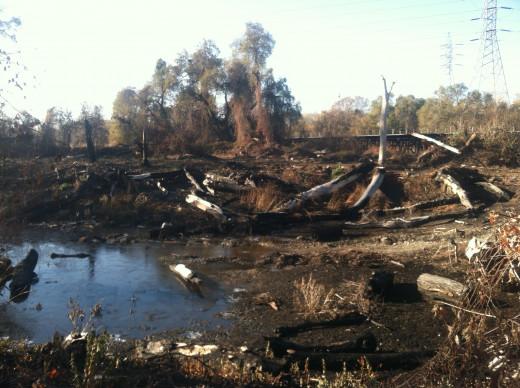
In 215 The State Remains in Crisis
Late summer, 2015, California remains in drought and the fire season has started with a bang. The rivers, reservoirs and dams are low. Wildlife is also feeling the pressure as natural resources such as berries are declining. Coyotes flock to the edge of cities to prey on small pets and to drink water from lawn sprinklers. Do we need lawns?
The entire state is pinning its hopes on El Nino which may not develop at all. What then? The snow is gone. The water dwindling, yet we have new housing projects expanding, fracking, and other events that we can change, but don't.
The Coastal and Mediterranean Climate
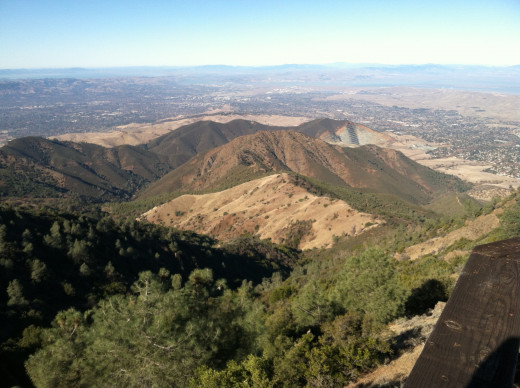
Gardening in California
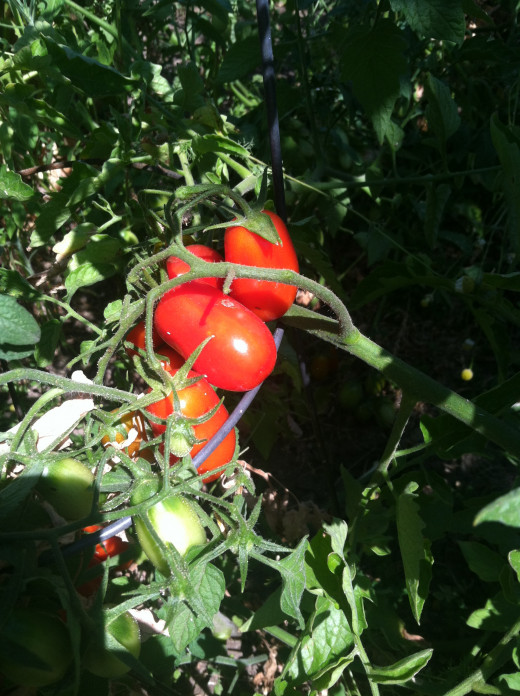
Flowers help a garden grow.

The California Climate and What you need to Know
California has two main types of climate. The coastal climate and the Mediterranean climate. The coastal climate extends inland from the coast, across flats and up the West facing slopes of the coastal mountain ranges. As you begin to descend down the Eastern side of those West facing mountains, you enter the Mediterranean climate. Technically, you are walking in the rain shadow. California has two strong geological structures that create rain shadows.
A rain shadow occurs when west facing mountains interrupt storm patterns. The cold current that extends down from Alaska combines with the off-shore winds to push tropical storms into Washing, Oregon and Northern California. Those storms are interrupted by the mountain ranges that form along those states. The air is forced up the mountains, it cools, drops its load of water and then passes into the rain shadow on the other side as dry cold air.
Welcome to the Central Valley of California. The dry cold air sinks to the valley floor where it begins to warm and rise and blow east. As it crosses the valley and the rivers it again picks up moisture before the wind pushes it into the Cascade and Sierra Nevada mountain ranges. History repeats itself and on the Western side of those mountains you have lush forests and lowland Oak woodlands. On the Eastern side of those mountains you have Nevada and the desert like region that is dry, arid, and harsh.
The Mediterranean climate globally is rare. California is the largest area where this type of climate exists. The climate is characterized by dry, hot summers and cool, wet winters. It is a Mecca for plants. Many of the world's crops are grown here because other areas with Mediterranean climates are not large enough to support commercial sized crops. Almonds and Kiwi's are two such crops.
The entire climate of California is dependent upon the snowpack in the Sierra Nevada and Cascade ranges. The snow pack is what feeds the rivers that allow California to flourish as a food producing empire. It is what drives the $8 Billion economy of California.
Mt. Diablo Burn 2013
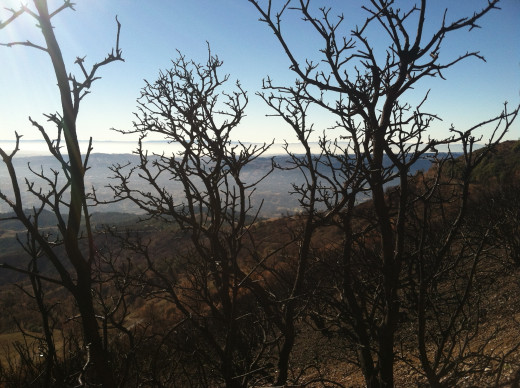
Table Mt, Oroville, California
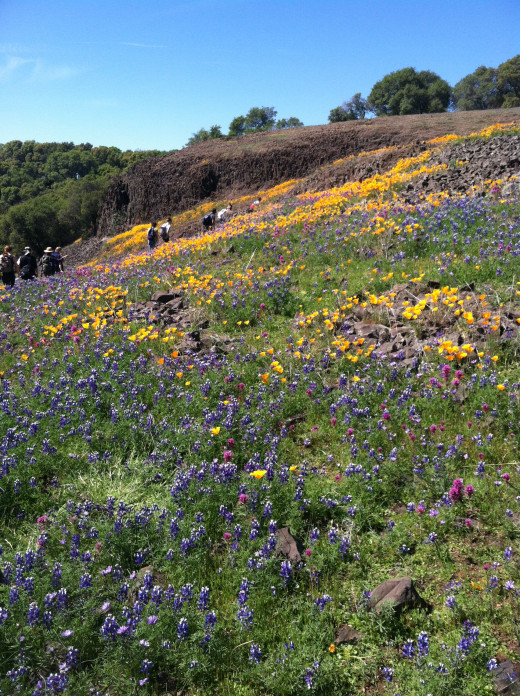
Alpine County - Sierra Nevada
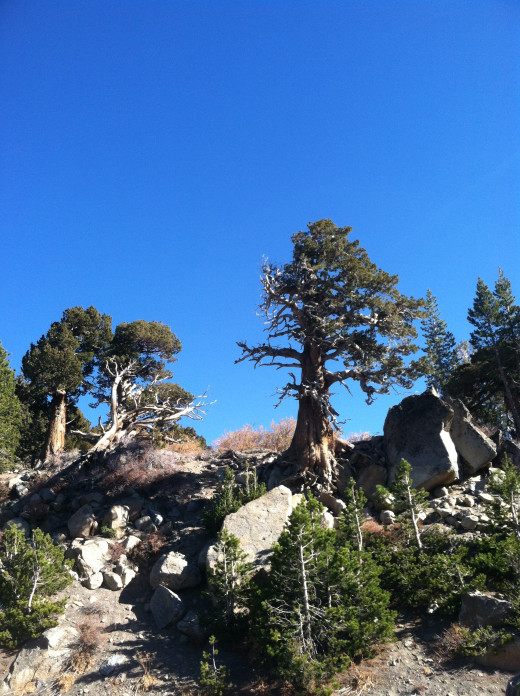
The Ecology of California
There are huge, thick text books written on California's ecology. Suffice to say that the ecology of California is huge. That is one of the problems with understanding the ecology here. The other problem is that we cannot just say the ecology of California. There are hundreds upon hundred...if not thousands... of different types of habitat and ecosystems that make up the ecology of California. They are all tied together in geographic, political, social, and environmental lines that sometimes make no sense at all.
California has deserts, cold ocean, tropical ocean, high mountains, snow, rivers, beaches, forests of conifers, oaks, pines, and riparian zones full of cottonwoods and oaks, and so much more. We have trees that are more than 3000 years old. Coastal redwoods, Giant Sequoia redwoods, Bristle cone pines, and pygmy forests. We have rare plants, rare minerals, rare animals and urban sprawl. It is impossible to describe the ecology of California without writing a huge, thick text book.
While all of these features make it difficult to describe the ecology of California, each of these features make California richer as a place to live. It is their sum together that rivals even the economy of California in wealth, beauty, natural resources, and of course wildlife. Those of us who live here may not realize how vast California is or how beautiful it is. Many do not realize how quickly it changes in landscape, habitat, and wildlife. The tallest place in California is Mt. Whitney and the lowest place is found in Death Valley. The degree by which the state change is amazing as it runs South to North. The animals, plants, and even the people change as you head farther North. All of these things come together making it difficult to manage the ecology of California. Yet, all of them are tied to one thing... water. Without water, California becomes Nevada.
Point Reyes National Seashore 2013
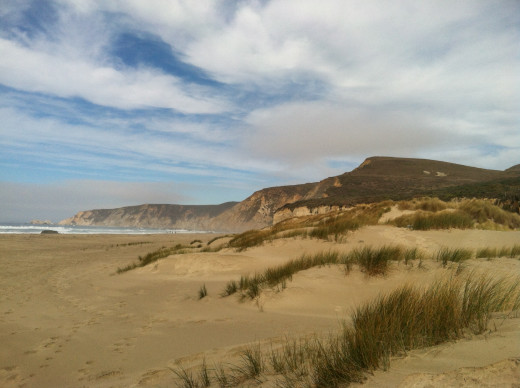
Politics, Water, and Ecology
The political front is all about money. Whether your argument is cutting aid to families, taxing the rich, building better schools, reducing crime, legalizing pot, redistricting political boundaries, etc, etc, etc, etc, etc, etc, it all comes down to money.
Yet, money is generated because of the Ecology of California. Money is generated by the Water the flows through California. Money, Ecology and Water are all tied together and they are supported or hindered by the hand of politics. People need to see that connection. Without the Ecology of California, without the water that flows through California there will be no money. Water and ecology are tied together. Money and water and ecology are tied together. If we do not begin to seriously protect the ecology of California in all of its bits and pieces we will not have water, nor will we have money. One cannot survive without the other. That is what people need to understand. What you decide as votes is going to impact the ecology, the water, and the money.
Fire Damage in the Chaparral
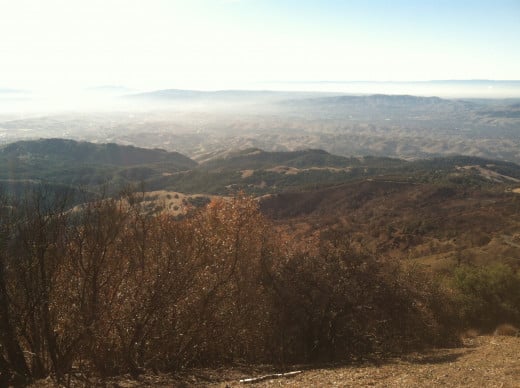
The Drought of 2014
There is a rumor that 2015 will be a year of heavy rain. Believe that when you see the rain falling from the skies. There are indeed signs that 2015 may be an El Nino year. Pray that this is true. We need the water badly. The drought has been coming for a long time. The rivers of the Northern Part of the State have sustained much of the population of the Southern Part of the State. We have lived outside of our means for some time. Golf courses in the desert, swimming pools and rich rolling lawns have sucked up the water that we should have been storing and saving for years. Hindsight is bitter, but it shows the error of our ways. The North is not better. We squander water like we have an endless supply. In 2012, Sacramento began to put in smart water meters. Together, North and South have a lot of room to improve how we use water within municipalities. Conserving water, requiring efficient toilets, building green buildings that require less energy, building up not out. That list goes on and on and on. It all comes down to individuals. We need to want change and that tends to not happen until we are faced with a crisis. The drought of 2014 is a crisis. It is costing us our ecology. It will cost us our water. It will cost us money in higher food bills, higher taxes, and political projects such as the tunnels that in part do not solve our problem about water. We are all going to have to pay for that with money, loss of business, lost businesses and degraded agriculture. Yet, we are going to get off lightly. The wildlife and plant life that help to make California such a great state is going to suffer the worst. Species are going to go extinct. As of the penning of this article, the entire state of California is in a severe drought. Some parts are in extreme drought conditions. We should not expect rain until October... if it comes. We should expect more wildfires throughout the state. I fear it is going to be a long, hot, smokey summer, fall, and potentially into winter.
Sunset Along the American River
